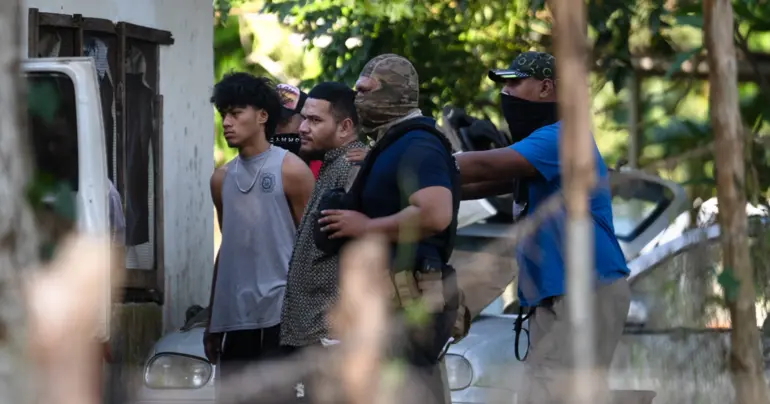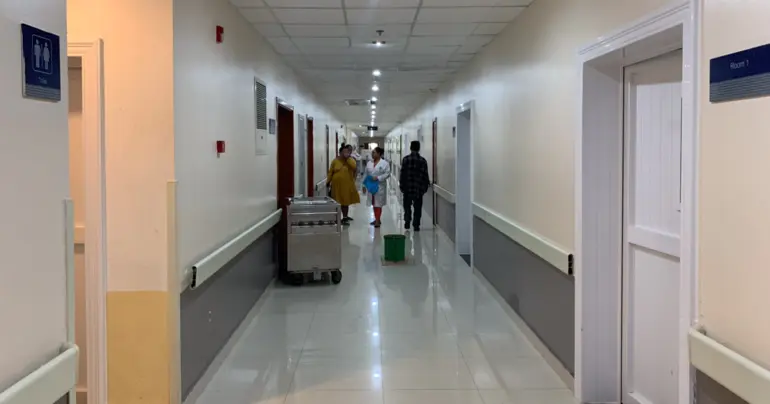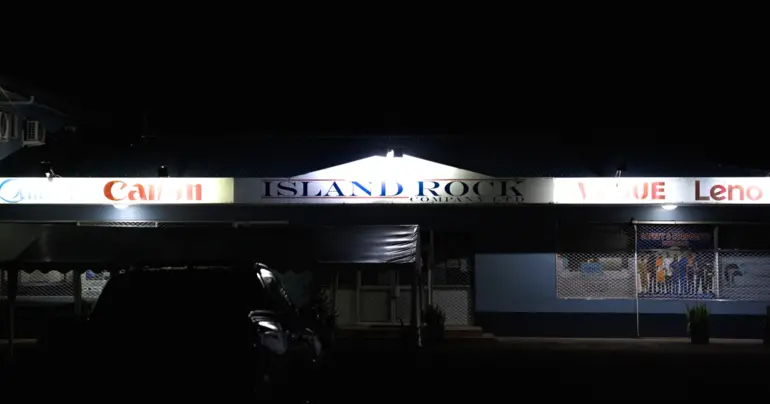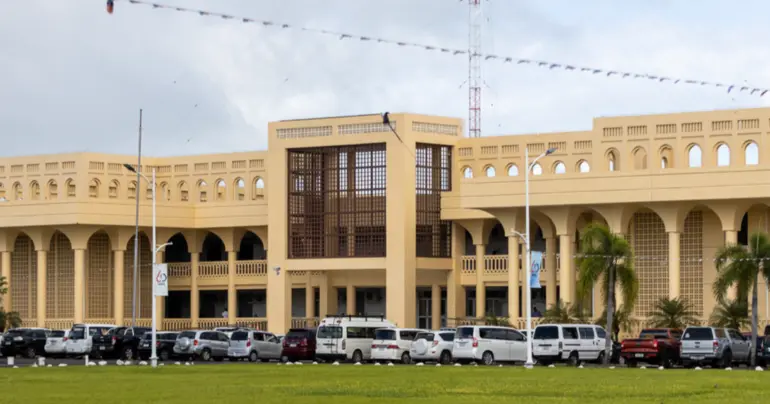Saving the Manunmea: A race against extinction
 By Andrina Elvira Burkhart
•
31 May 2025, 10:00PM
By Andrina Elvira Burkhart
•
31 May 2025, 10:00PM
Deep in the forests of Samoa, a team led by Sefuiva Moeumu Uili of the Samoa Conservation Society is holding onto hope to photograph the rare Manumea, the national bird, which is on the verge of extinction.
Armed with acoustic recorders, trail cameras, and traditional knowledge, they continue the tireless search for a bird many fear may already be lost forever. The Manumea is the closest living relative of the dodo. Believed to number fewer than 200, the Manumea is critically endangered. Habitat loss, illegal hunting, and invasive species such as rats, cats, and pigs have brought the bird to the brink of extinction.
“We have seen Manumea, and we know it still exists. If people want to see Manumea, we should help protect the forest and stop shooting, support predator management efforts, and educate each other about Manumea,” said Sefuiva Moeumu.
Last year, two credible sightings were reported, one in March at Uafato and another in August in Afiamalu. These observations came from trusted individuals and experienced ornithologists. However, since then, there have been no new verified sightings, largely because the extensive field expeditions have been delayed due to limited funding.
“Our current goal is to get evidence, such as a photo of Manumea is challenging. There is also no evidence of Manumea's extinction,” added Sefuiva.
The Manumea is more than just a bird. Endemic to Samoa and the last surviving member of its genus, the Manumea is uniquely identified by its curved bill and vital role in the ecosystem. It helps disperse the seeds of native trees, supporting forest regeneration and resilience against climate change.
Efforts to conserve the species are collaborative. David Moverley, Invasive Species Adviser with the Biodiversity Conservation Programme at SPREP, highlighted ongoing efforts to restore habitats for native wildlife.
“The Manumea bird is not extinct, but its numbers are very low, which makes it hard to find. The Biodiversity Conservation Programme at SPREP is working to improve biodiversity sites around Samoa in collaboration with other organisations such as MNRE and the Samoa Conservation Society," he said.
"We are helping by removing pigs and rats from Nu’utele Island. This area has good trees that the native bird feeds on. Removing these pests gives the Manumea bird a better chance to nest there.”
However, finding the Manumea remains a daunting task.
“There is a lack of equipment to aid the search, access to search areas, and funding to obtain more technical team support. Additionally, there is a shortage of training support for local communities due to trained members moving overseas for seasonal work, resulting in a lack of funding to employ our local rangers for an extended period to support our field monitoring efforts,” said Sefuiva.
Despite financial and logistical obstacles, local communities remain central to the effort. Community members are encouraged to report sightings, take photographs, and assist in conservation by protecting forest habitats, avoiding clear-cutting, and adopting sustainable agriculture practices. These actions also help protect other native species and preserve Samoa’s biodiversity.
With minimal funding from the Samoan government and international NGOs, community programs like the Manumea Friendly Village Program have become lifelines for conservation. Through this initiative, Sefuiva’s team raises awareness, promotes environmental laws, and collaborates with schools to educate children about the importance of the Manumea. Recent school outreach programs have included visits to Siumu and Moataa Primary Schools.
The Manumea is more than a species, it is a national symbol. It appears on the 20 tala banknote and the 50 sene coin, representing the cultural and natural heritage of Samoa.
“Its extinction represents a deep cultural loss symbolised by our failure to protect a unique part of our Samoan heritage,” Sefuiva reflected.
Sefuiva recalls with vivid clarity a rare sighting of a juvenile Manumea in Salelologa in 2014, a moment that continues to inspire her work. Another major search is planned for July, and hope remains alive.
If the Manumea is rediscovered in the wild, Sefuiva emphasised the need for immediate action. The loss of the Manumea would be devastating, not only for Samoa but for the global ecosystem.
“There will be a loss of another unique species from Samoa and the globe. Losing one species of the natural system means a breakdown of the ecological system where life is dependent on each other. This means the ecosystem will become less resilient to threats such as invasive species, climate change, and diseases,” said Sefuiva.
And if the Manumea is never found again, “We failed in our responsibility as a group to guard and protect Samoa's environment,” she added.
“Protect our forest and care for our native birds before it's too late. Continue to protect the forest for other native birds and the biodiversity of Samoa.”
 By Andrina Elvira Burkhart
•
31 May 2025, 10:00PM
By Andrina Elvira Burkhart
•
31 May 2025, 10:00PM











